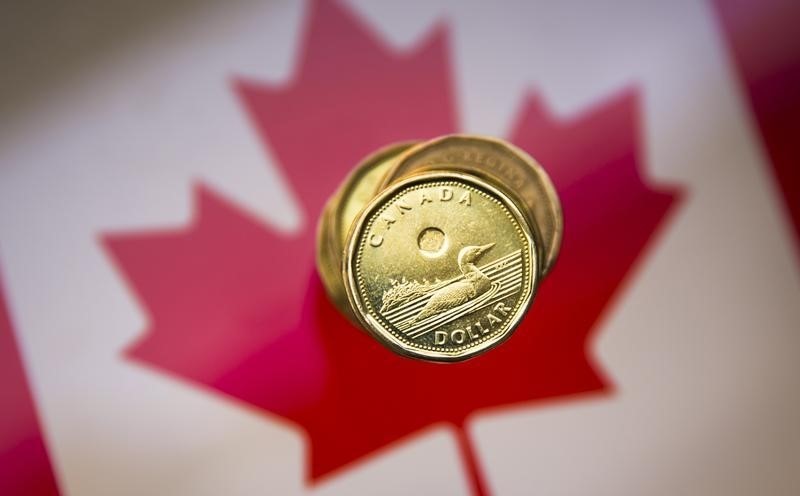By Kekti Saxena
Investing.com -- The Canadian dollar ended the day little changed against its US counterpart, as the greenback pulled back against a basket of currencies as treasury yields retreated, and traders digested Fed Chair Jerome Powell at the Jackson Hole Symposium.
Markets are pricing in an 80% chance that the Fed will hold its interest rate at a range of 5.25% to 5.50% at its next meeting in September, which along with treasury yields moving lower, posed a challenge for the USD today.
The Canadian dollar meanwhile was unable to capitalize on US weakness, as oil prices remained muted, due to the now dominant China demand weakness narrative (despite China's decision to slash stamp duty charges associated with stock trading by half, in a move designed to stimulate markets and boost investor confidence).
Expectations of a weak domestic Q2 GDP - with the release due on Friday - are also pressuring the Canadian dollar.
As per Reuters, Q2 data is expected to show the economy grew at a slower pace of 1.1% from the 3.1% pace seen in the January-March quarter, which economists expect may motivate the Bank of Canada to end its aggressive rate hike cycle - posing a headwind for the Canadian dollar.
Analysts at the National Bank of Canada (TSX:NA) note, "The Loonie has lost a few feathers in recent weeks. Widening interest rate differentials with the U.S. and weaker commodity prices due to a slowing Chinese economy are keeping the CAD in check. We believe that market expectations of no rate cuts by the Bank of Canada next year could be in for a surprise."
Looking ahead, the analysts "see USD/CAD converging towards 1.40 in the months ahead."
Up next for the pair, further impetus will come from the US JOLTS Job Openings report on Tuesday, the core Personal Consumption Expenditure Price Index on Thursday, and Non-Farm Payrolls on Friday.
On the Canadian economic docket, April - June GDP is due Friday.
